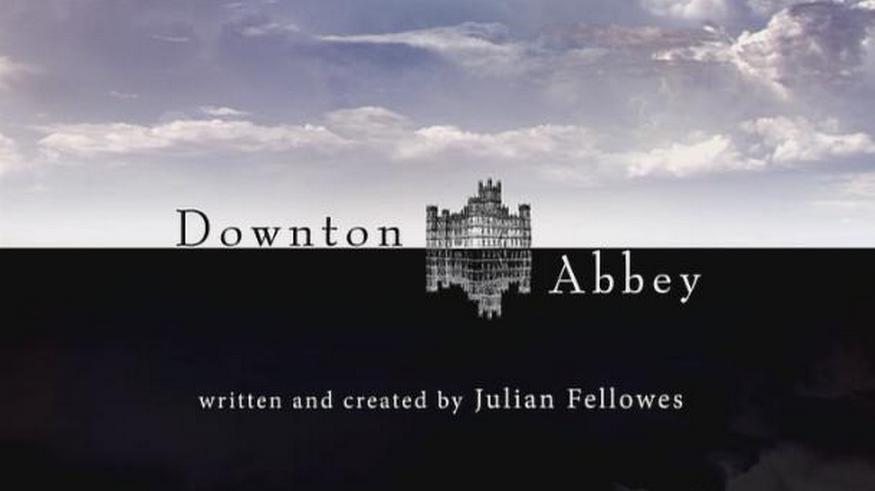The first in the series, of course, was the charcoal drawing of the bust of Plato with Heidegger's old boots. The second, which has gotten particularly good reviews amongst faculty and peers (and is my favorite too), was Heidegger's boots as drawn by Plato.
Next - Plato's bust as drawn by Heidegger. Guided by the revealing/concealing light of Aletheia, I blackened the entire page and then drew out the form from the center of the void using an eraser. As Iain points out, outlines and borders are a great way to draw something you know exists. But if you're truly struggling to find Heidegger's kind of truth, you can't logically draw in a manner that presupposes that you know what exists.
The 4th in the series attempts to put the two in the same space and watch them duke it out. The Temples at Paestum (which Heidegger references in the same text as the boots) is created in the shadow of the Platonic form (using the more definitive, mimeographic nature of graphite), but then sheds Heideggerian light on the land around it (using the charcoal aletheia technique).
Unfortunately, the natural visual outlet for this philosophy seems to have already been discovered by Downton Abbey...
Shoot.
Interestingly, I was able to use an accidental flaw that showed up in drawing no. 3 to clever effect here, in which the pressure of the pencil lines from the lower half of Downton Abbey (as it shall be called from here on) pressed through and engraved the page beneath. When the charcoal fills these etching like crevasses, the erasure gives the drawing a "memory" of the prior drawing. And so the memory of the overlaying of Heidegger and Plato in the last graphite/charcoal endeavor shows through as a ghost that informs the erasures of this Heideggerian drawing of Plato's forms.
I'm going to continue on with this series, if nothing else, just to keep exercising my noggin. But I hope, in part two of the series, to elaborate on the merging of the philosophies in a way that begins to transcend Heidegger and Plato into a more Valosinian (...that's terrible) expression. The goal is eventually to have developed a method of drawing that embodies my unique take on reality. We'll see. This blog is getting way too dense right now though. I'll have to make sure my next post is relatively devoid of substance...





No comments:
Post a Comment